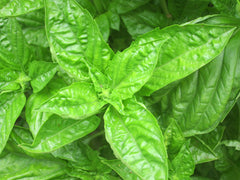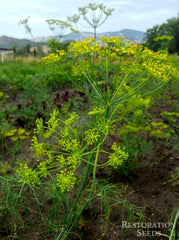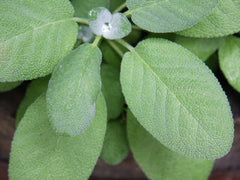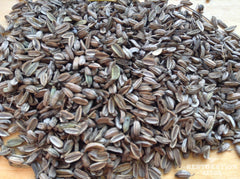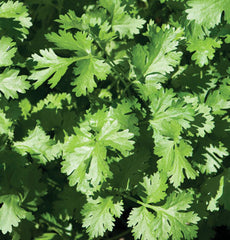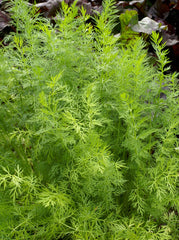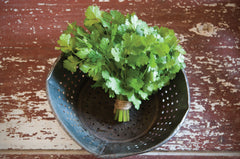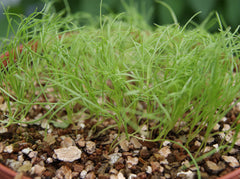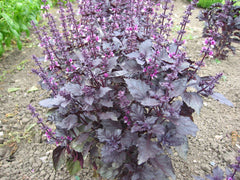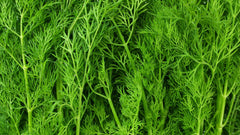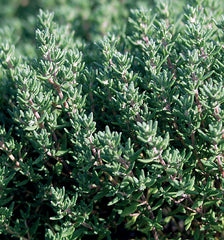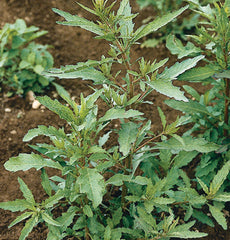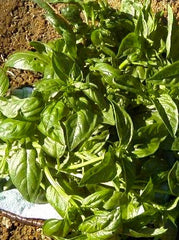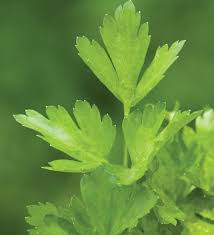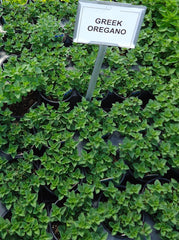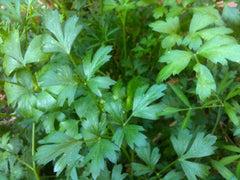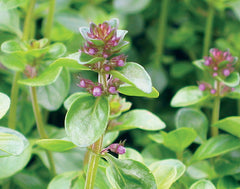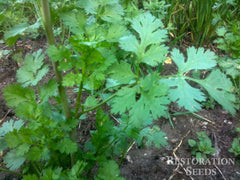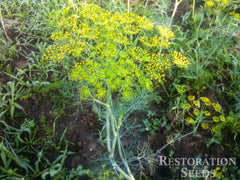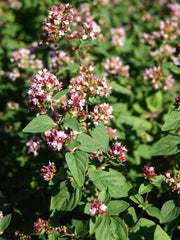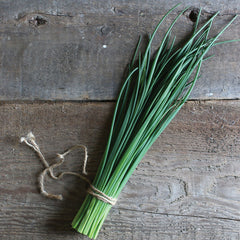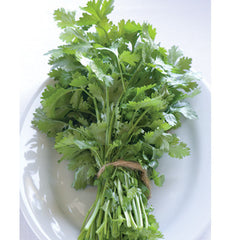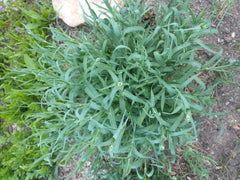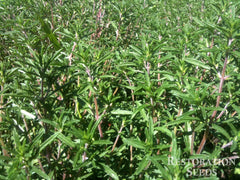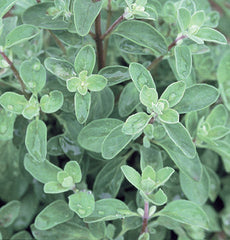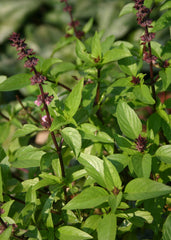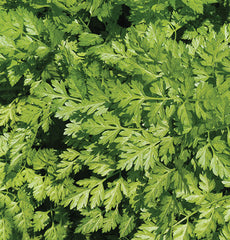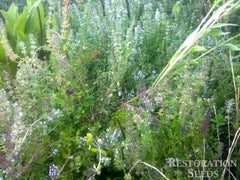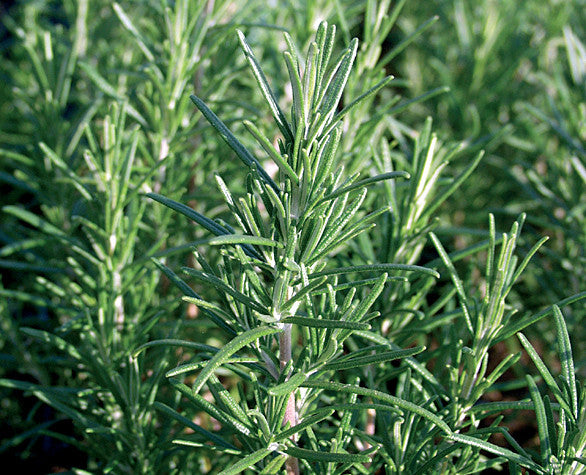Rosemary
Rosmarinus officinalis
HOW TO GROW ROSEMARY
Start in spring 10–12 weeks before last frost in greenhouse or cold frame in well drained mix with Perlite or sharp sand, mist do not let dry out. Germination can be erratic, as low as 30 percent, sow 5 seeds together. Pot up and grow in greenhouse over the first winter. Transplant to permanent location in late spring or early summer. Most commonly grown from cuttings of young shoots 4–6”, stripping a few leaves from the bottom, in spring can be rooted in Perlite or sand in a greenhouse usually within 3–4 weeks. Rosemary cannot grown in the shade or standing water. It prefers dry to moist soil and can tolerate drought. Surface sow, press into soil, do not cover. Soil pH 5.6-7.8. Hardiness zones 8-10. Perennial.
Usual seed life 5-20 years.
Planting Depth surface requires light
Soil Temp. Germ. 70˚F
Days to Germ. 14–28
Plant Spacing 2–3’
Row Spacing 5-7’
Days To Maturity 3 years
Full Sun, Moist Well Drained
Usual seed life 5-20 years.
Planting Depth surface requires light
Soil Temp. Germ. 70˚F
Days to Germ. 14–28
Plant Spacing 2–3’
Row Spacing 5-7’
Days To Maturity 3 years
Full Sun, Moist Well Drained
- 40 Seeds$3.50
Popular Mediterranean aromatic herb. Rosemary is used in small quantities as a flavoring in soups and stews, with vegetables such as peas and spinach or meats such as roast lamb, pork and foul, and with sweet dishes such as biscuits cakes, jams and jellies. They can be used fresh or dried. The leaves have a tough te...
Popular Mediterranean aromatic herb. Rosemary is used in small quantities as a flavoring in soups and stews, with vegetables such as peas and spinach or meats such as roast lamb, pork and foul, and with sweet dishes such as biscuits cakes, jams and jellies. They can be used fresh or dried. The leaves have a tough texture and so should either be used very finely chopped, or in sprigs that can be removed after cooking. A fragrant tea is made from the fresh or dried leaves. It is said to be especially nice when mixed with tansy. Try steeping rosemary leaves for a soothing bath water. Rosemary is antiseptic, anti-inflammatory, antioxidant, stimulant and stomachic. Attractive for hedging or woodland edging. Repels insects from neighboring plants. Branches or sachets of the leaves are often placed in clothes cupboards to keep moths away. Woody perennial, evergreen shrub growing to 2–4’ (1.5 m) tall and wide. Tags: Specialty: Heat Resistant, Seed: Safe Seed Pledge.
Native to the Mediterranean and Asia, but is reasonably hardy in cool climates. The name "rosemary" derives from the Latin for "dew" (ros) and "sea" (marinus), or "dew of the sea". Delicious rosemary recipes.
Native to the Mediterranean and Asia, but is reasonably hardy in cool climates. The name "rosemary" derives from the Latin for "dew" (ros) and "sea" (marinus), or "dew of the sea". Delicious rosemary recipes.
Learn More
Reviews
